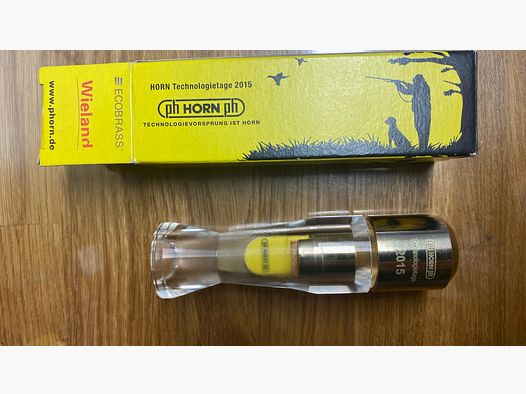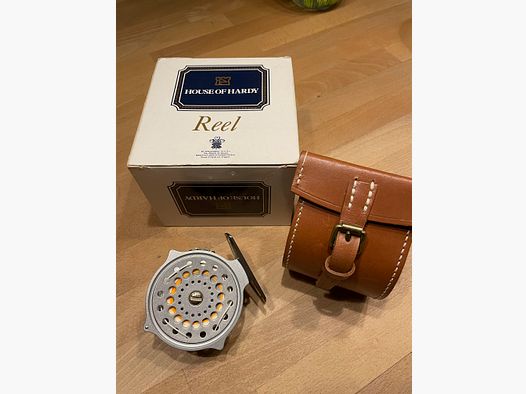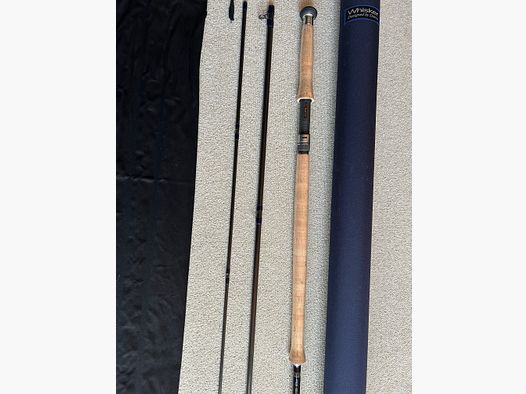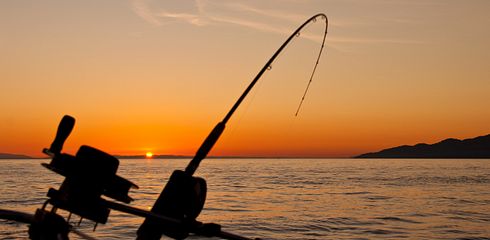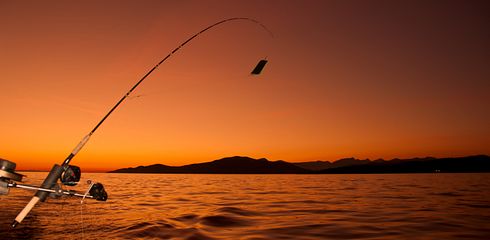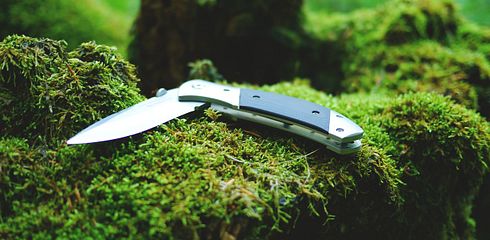The color of the lure plays a crucial role in fishing and can make the difference between a successful catch and an unsuccessful day on the water. Fish respond to different colors depending on their species, the body of water, and environmental conditions. In this comprehensive guide, we will explore the fascinating world of lure colors and find out which colors are most effective for different fish species.
1. The Science Behind Lure Colors
Before we turn to specific colors for certain fish species, it is important to understand why lure colors matter at all. Fish see the underwater world differently than we do. Their eyes are sensitive to different lighting conditions and color spectra, depending on the depth of the water and the light conditions.
Red Light: Red light penetrates the least deep into the water. Therefore, using red lures in shallow waters or murky water is particularly effective.
Orange and Yellow Light: These colors penetrate somewhat deeper water. In clear waters, orange and yellow lures can be quite visible.
Green and Blue Light: Green and blue light penetrate the deepest into the water. In deeper waters, green and blue lures are effective as they remain visible to fish at these depths.
2. Which Colors for Which Fish Species?
Trout:
- Clear Waters: Natural colors like brown, green, and yellow imitate the prey of trout.
- Murky Water: More striking colors like orange, pink, or chartreuse can be effective in limited visibility.
Perch:
- Clear Waters: Natural lures combined with contrasting colors like black-red or black-blue are popular.
- Murky Water: Brighter colors like yellow, orange, or neon colors can attract the attention of perch.
Pike:
- Clear Waters: Large, eye-catching lures in natural colors like silver or white.
- Murky Water: Pike often respond to vibrant colors like red, yellow, and green in murky water.
Zander:
- Clear Waters: Natural colors like gray, green, and silver.
- Murky Water: Contrasting colors like blue, purple, or black can have a positive effect.
Salmon:
- Clear Waters: Silver and blue tones often imitate the prey of salmon.
- Murky Water: Darker colors like black or dark green can prevail in limited visibility.
3. Experiment and Observe
Fishing is also an art of experimentation. Different waters and conditions may require different colors. It is important to observe the fish's reaction and make adjustments as needed.
Water Depth: In deeper water, darker colors may be more visible, while in shallower waters, brighter colors are preferred.
Light Conditions: In sunny weather, shiny, metallic colors can be more effective, while in cloudy skies or at dusk, more striking, vibrant colors come into play.
Season: The season often influences the prey that fish respond to. In spring, brighter colors may be more attractive to spawning fish, while in autumn, darker tones may work better.
4. Tips for Using Lure Colors
Vary the Colors: Switch between different colors to find out which work best on a particular day.
Natural Imitation: If possible, choose colors that imitate the natural prey of the fish species.
Combination of Colors: Two-tone or multi-colored lures can attract attention and increase the number of bites.
Seasonal Adjustments: Adjust your lure colors according to the season. Brighter in spring and summer, darker in autumn and winter.
Conclusion: Exploring the World of Lure Colors
Selecting the right lure color is a fascinating journey and an art that requires time and experience. Experiment, observe the fish's reactions, and adjust your tactics accordingly. With this basic understanding of the science behind colors and their application for different fish species, you are well-equipped to explore the diversity of the underwater world and maximize your chances of a successful catch. Enjoy fishing, and may every color of your lure be an invitation to adventure!






